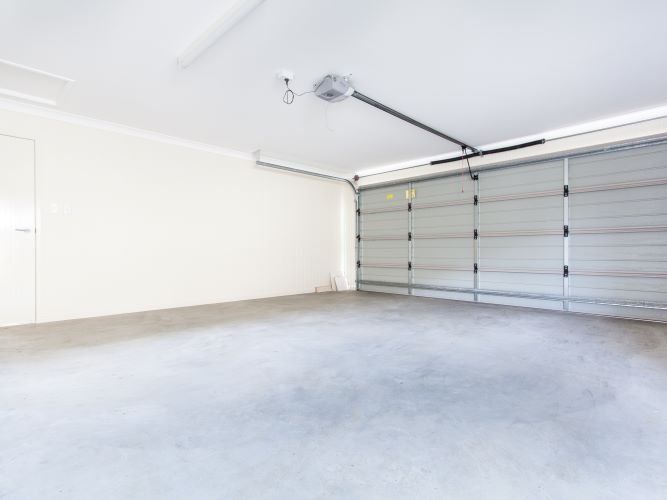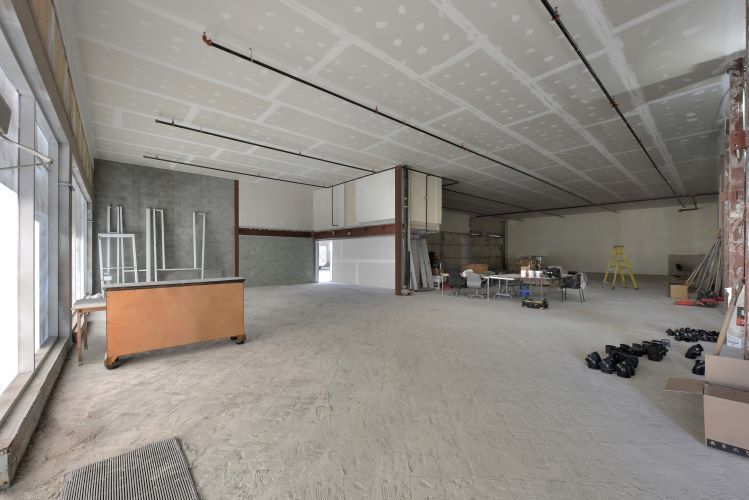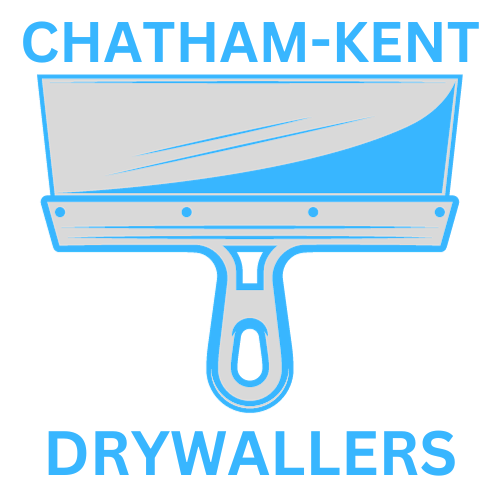Enhance Your Garage with Drywall Installation

When it comes to home improvement projects, the garage is often overlooked as an area worthy of attention. However, with the right upgrades, such as drywall installation, your garage can become a functional and aesthetically pleasing space that adds value to your home. At Chatham-Kent Drywallers, we specialize in providing professional drywall installation services for garages in Chatham, Ontario. In this article, we'll explore the importance of garage drywall installation and how it can transform your space.
Enhanced Appearance:
One of the primary benefits of garage drywall installation is the enhancement of the overall appearance of the space. Without drywall, garages often have exposed studs, insulation, and bare concrete walls, which can give the space a rough and unfinished look. By installing drywall, you can create a clean and polished finish that instantly elevates the appearance of your garage, making it more inviting and visually appealing.
Improved Insulation:
Another significant advantage of garage drywall installation is improved insulation. Garages tend to be colder in the winter and hotter in the summer compared to the rest of the house, especially if they are uninsulated or poorly insulated. Drywall acts as an additional barrier against temperature fluctuations, helping to regulate the indoor temperature and create a more comfortable environment year-round. This is particularly beneficial if you use your garage for hobbies, storage, or as a workspace.
Enhanced Durability:
Drywall installation in the garage also adds an extra layer of protection to the walls, making them more durable and resistant to damage. Whether you accidentally bump into the walls with a tool or equipment, or if the walls are exposed to moisture or humidity, drywall provides a sturdy and resilient surface that can withstand everyday wear and tear. This durability ensures that your garage walls remain in good condition for years to come, reducing the need for frequent repairs or maintenance.
Increased Functionality:
By installing drywall in your garage, you can increase the functionality of the space and expand its potential uses. Finished walls provide a more versatile backdrop for hanging shelves, cabinets, tool racks, and other storage solutions, allowing you to maximize the available space and keep your garage organized and clutter-free. Additionally, drywall installation creates a smoother surface for painting or finishing, giving you the flexibility to customize the space to suit your specific needs and preferences.
Enhanced Safety and Security:
Drywall installation also enhances the safety and security of your garage. With finished walls, there are fewer exposed surfaces and potential hazards that could cause injury or accidents. Additionally, drywall provides an additional layer of protection against intruders and unauthorized access, making your garage more secure and protecting your belongings stored inside.
Professional Installation by Chatham-Kent Drywallers:
When it comes to garage drywall installation, it's essential to trust the job to professionals like Chatham-Kent Drywallers. Our team of experienced drywall installers has the knowledge, skills, and expertise to handle all aspects of the installation process, from preparing the walls to taping, mudding, sanding, and finishing. We use high-quality materials and precision techniques to ensure a flawless finish that meets your expectations and stands the test of time.
Conclusion:
Garage drywall installation is a valuable investment that can significantly enhance the appearance, functionality, and durability of your garage. Whether you're looking to create a more attractive space, improve insulation, increase storage options, or enhance safety and security, drywall installation offers numerous benefits for homeowners in Chatham, Ontario. With professional installation by Chatham-Kent Drywallers, you can transform your garage into a versatile and functional space that adds value to your home. Contact us today to learn more about our drywall installation services and schedule a consultation for your garage project.
You might also like



